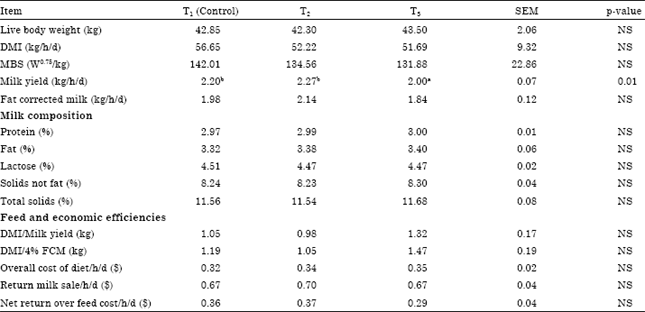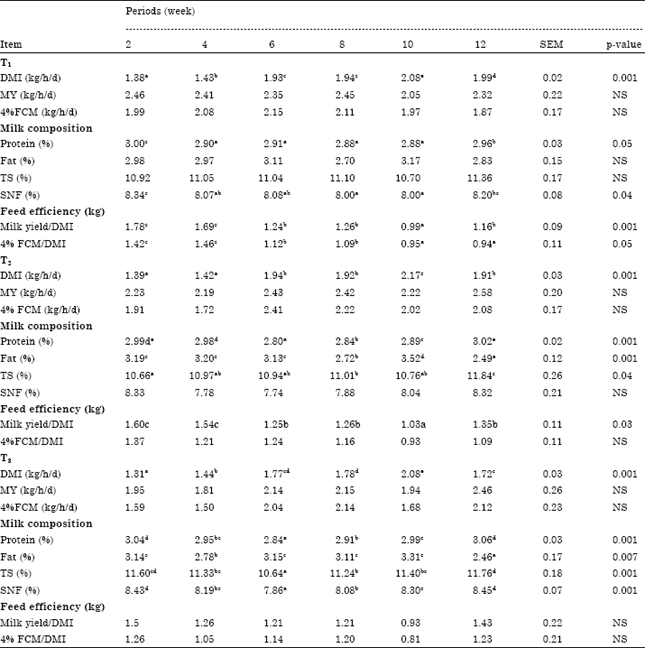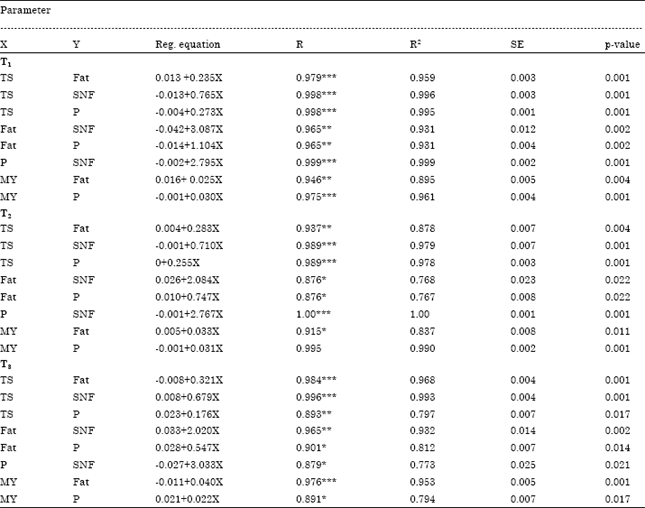Research Article
Influence of Medicinal Plants Mixture on Productive Performance Cross Bred Dairy Goats
Division of Livestock Production and Management, Animal Sciences Research of Iran(ASRI), Iran
S. Prasad
Division of Livestock Production and Management, National Dairy Research Institute, Karnal, Haryana, India
S. Savar Sofla
Division of Genetics and Breeding, ASRI, Iran














